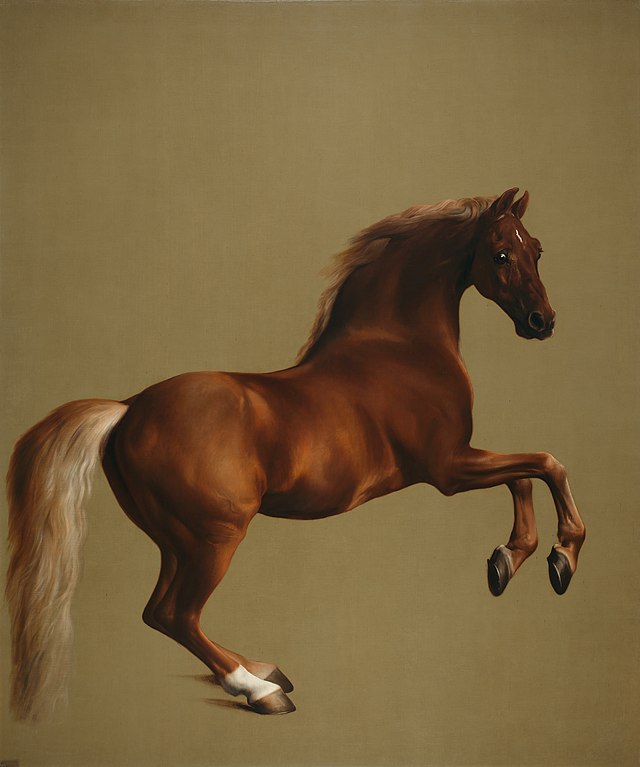Loading AI tools
Person who creates paintings of animals From Wikipedia, the free encyclopedia
An animal painter is an artist who specialises in (or is known for their skill in) the portrayal of animals.

The OED dates the first express use of the term "animal painter" to the mid-18th century: by English physician, naturalist and writer John Berkenhout (1726–1791).[2] From the early 20th century, wildlife artist became a more usual term for contemporary animal painters.[3]

Especially in the 17th century, animal painters would often collaborate with other artists, who would either paint the main subject in a historical or mythological piece, or the landscape background in a decorative one. Frans Snyders, a founder of the Baroque animal painting tradition, often provided the animals, and also still lifes of food, for Peter Paul Rubens; a different landscape specialist might provide the background.[4] The paintings by Snyders and his workshop alone typically lack humans, except in kitchen scenes, and usually show a number of animals of different species (or breeds of dog). There are about equal numbers of paintings of dead animals, usually in a kitchen setting or as hunting trophies in a landscape, and of live ones, often in ferocious combat.
In the Dutch Golden Age such specialists tended to produce smaller genre paintings concentrating on their specialism.[5] Animal painters came lower down in the hierarchy of genres, but the best painters could make a very good living; many royal and aristocratic patrons were more interested in their subject matter than that of the more prestigious genres. Mainly in England, there were still more specialised painters from the 18th century who produced portraits of racehorses and prize specimens of livestock,[6] whereas in France animal subjects continued to be decorative capriccios often set around garden statuary.
In 2014 Jonathan Jones of The Guardian proposed The Goldfinch (1654) by Carel Fabritius (1622–1654) as the finest animal portrait;[7] this was not the artist's normal subject matter at all.

Animalier, as a collective plural noun, is a term used in antiques for small-scale sculptures of animals in particular (animalier bronzes), but also paintings of animals. Large numbers of these were produced - often mass-produced - in the 19th century in France and elsewhere. Many earlier examples can be found, but animalier sculpture became more popular, and reputable, in early 19th century Paris, with the works of Antoine-Louis Barye (1795–1875) - for whom the term was coined, decisively, by critics in 1831[8] - and Christopher Fratin (1801-1864).[9] By the mid 19th-century, a taste for animal subjects was widespread among the middle-classes.[10]
Many modern wildlife artists or art groups hold benefits to support wildlife conservation, or participate in contests held by wildlife conservation organisations.[11]
Modern wildlife art painters include:
Forerunners of modern wildlife art sculpture include:
Modern wildlife art sculptors include:
Seamless Wikipedia browsing. On steroids.
Every time you click a link to Wikipedia, Wiktionary or Wikiquote in your browser's search results, it will show the modern Wikiwand interface.
Wikiwand extension is a five stars, simple, with minimum permission required to keep your browsing private, safe and transparent.